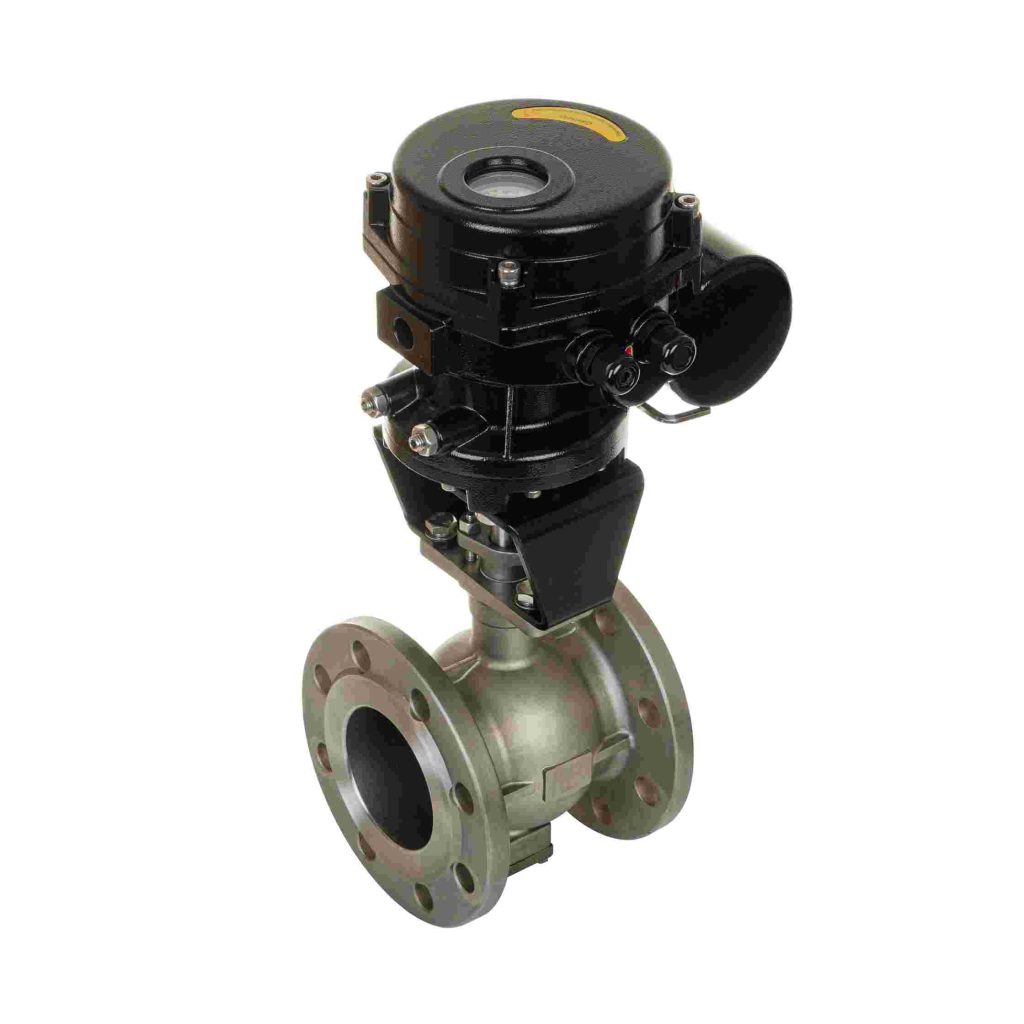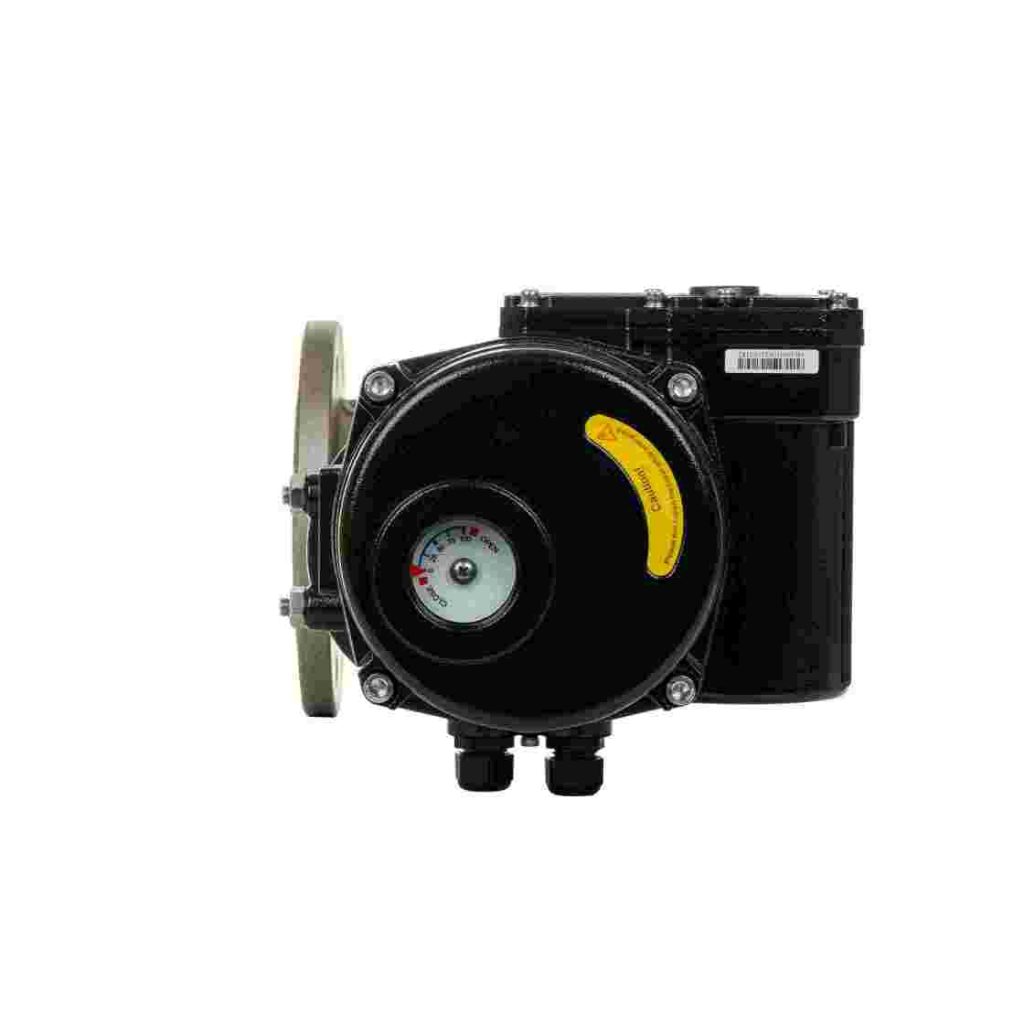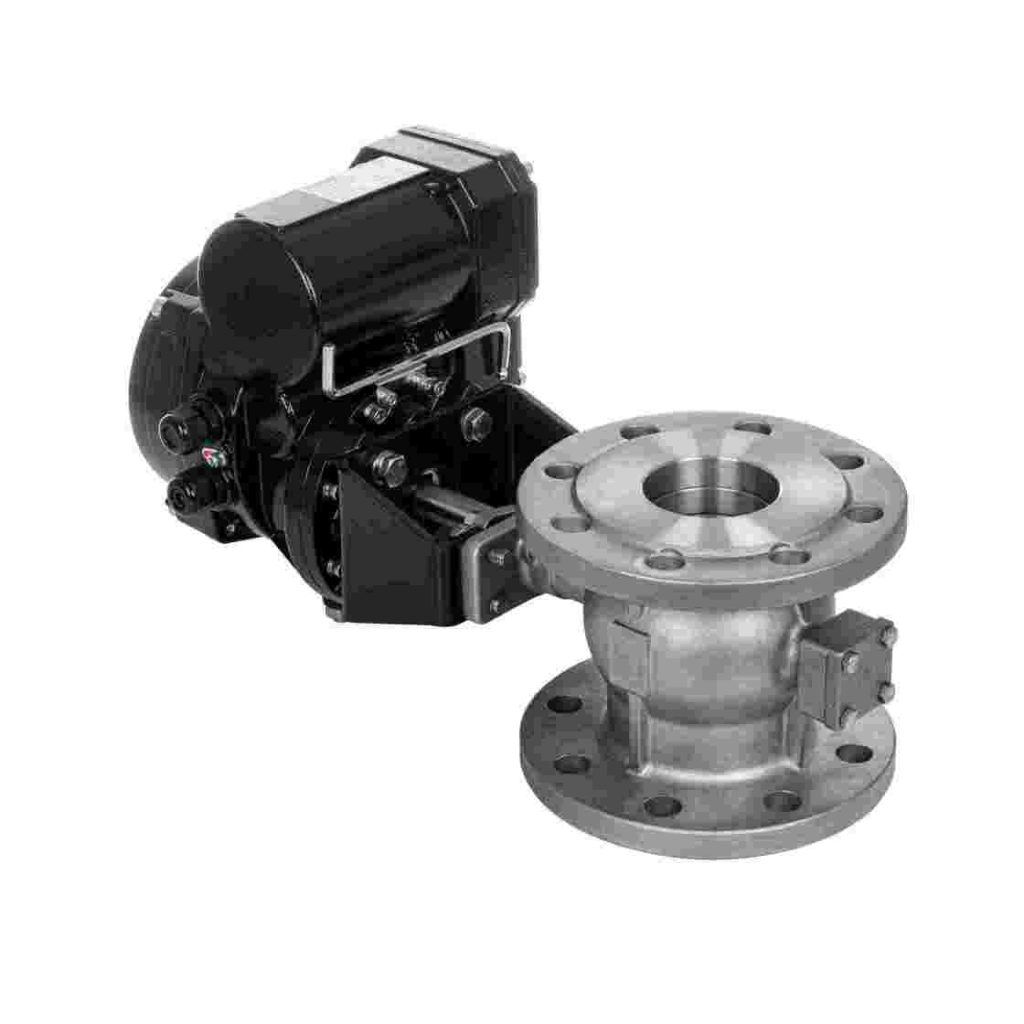In today’s rapidly evolving world of automation, energy efficiency and reliability are two of the most important factors driving the development of new technologies. One such innovation gaining significant traction is the lithium battery electric valve. These valves combine the power of lithium battery technology with the precision control of electric actuators to offer an efficient and sustainable solution for various industries. This article explores the features, benefits, and applications of lithium battery electric valves, and how they are shaping the future of automation.

What is a Lithium Battery Electric Valve?

A lithium battery electric valve is a valve that is operated by an electric actuator powered by a lithium-ion battery. These valves are commonly used in systems where consistent control and regulation of fluids or gases are essential. Unlike traditional pneumatic or hydraulic valves, which require external power sources like compressed air or fluid, lithium battery electric valves operate independently, making them ideal for applications where power supply may be limited or difficult to access. The electric actuator within the valve uses electrical signals to control the valve’s movement, adjusting the flow rate or opening and closing the valve as needed. The lithium-ion battery serves as the power source, providing energy for the actuator to function over extended periods. The combination of these components allows for precise control and enhanced operational efficiency.
